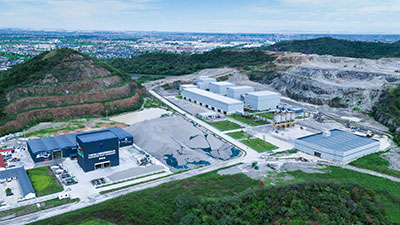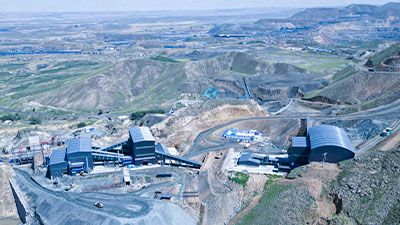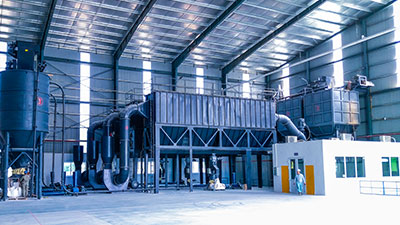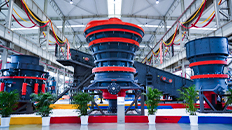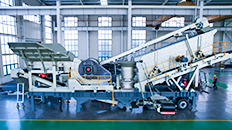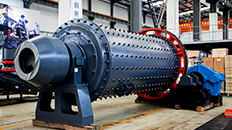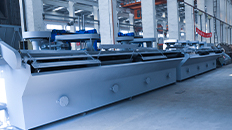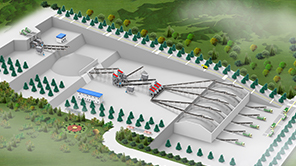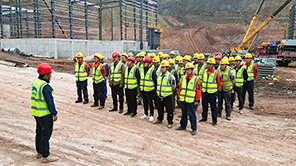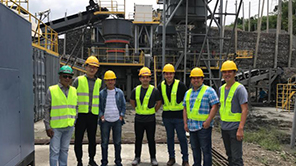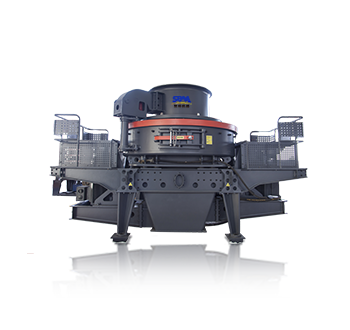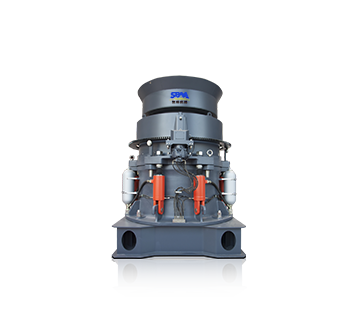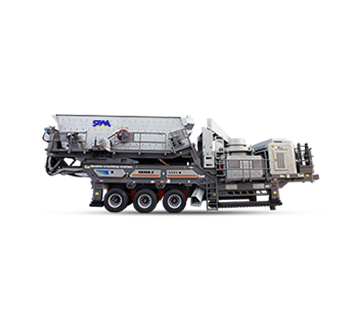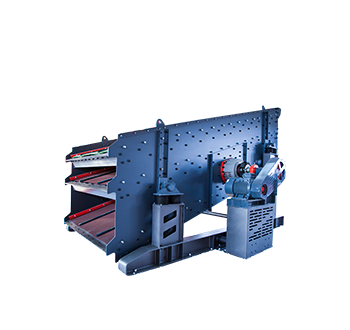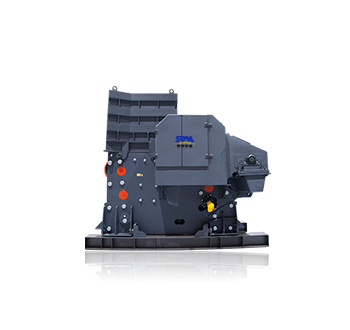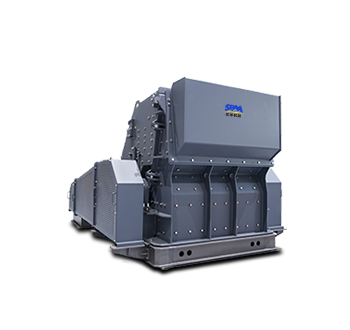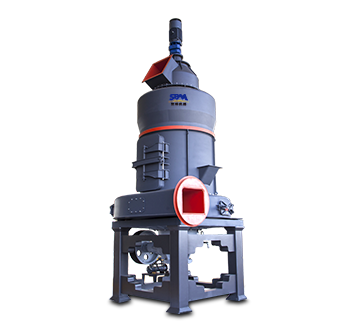Summary:During the use of Raymond mill, no lubricant or lubricating oil is added for a long time, but the added lubricant or lubricating oil selection is wrong. If the
During the use of Raymond mill, no lubricant or lubricating oil is added for a long time, but the added lubricant or lubricating oil selection is wrong. If the filling is not in place, the machine will be damaged, and the bearing deformation and installation will not be in place. The grinding roller swings outward, pressing against the grinding ring, causing the blade to shovel the material between the grinding roller and the grinding ring. Raymond mill grinding ring grinding, steel ingot solidification cooling, volume shrinkage, and finally solidified liquid metal parts can not be added and will form hole shape defects.
The large, concentrated hole is called the shrinkage cavity. The space is called osteoporosis, which is small and scattered. Its inner surface is rough and there are many impurities and micropores around it. Due to the law of thermal expansion and contraction, shrinkage is inevitable, size and position, or when it extends to the ingot, it is a defect of the body. In order to prevent the occurrence of these defects in advance, we can completely eliminate them from the source.
Raymond mill's grinding roller grinding ring fails to escape the gas during metal solidification process. The metal is formed in a small hole, the ultrasonic wave has a high reflectivity, and because of its substantially spherical or elliptical shape, the porosity of the steel ingot is forged. Or after rolling, it is flattened into area type defects and found to benefit from ultrasonic testing. Ultrafine grinding of the grinding ring during the reaction of the grinding ring, or the addition of some components of the metal parts of the material to form incompletely molten metal inclusions, such as high density, high melting point, such as tungsten, molybdenum.

